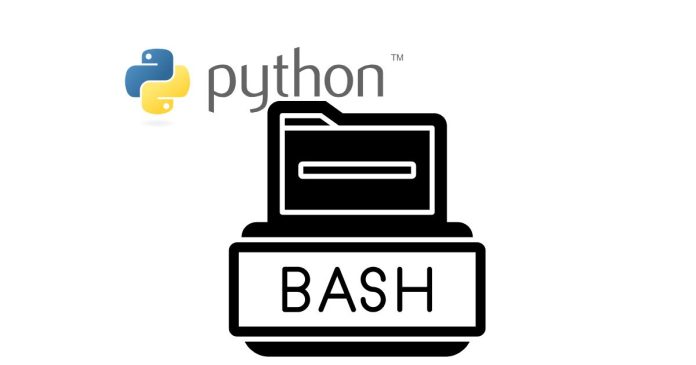To run Bash commands in Python, you can use modules from Python’s standard library that allow interaction with the system shell. The most common ways to do this are:
- Using the
subprocessModule:
This is the most versatile and preferred method. It allows you to run shell commands, capture their output, and handle errors. You can run commands either as strings or as a list of arguments. - Using the
os.system()Function:
This method can execute a command, but it does not provide a way to capture the output or handle errors gracefully. It is generally considered less powerful and is mostly used for simple tasks. - Using Shell Integration Libraries:
For more advanced scenarios, you can use external libraries likeshorpexpectthat simplify running and interacting with shell commands. These are not part of the standard library and need to be installed separately.
Each method serves different purposes depending on the complexity of your requirements. For most cases, subprocess is the recommended choice due to its flexibility and support for modern Python practices.


